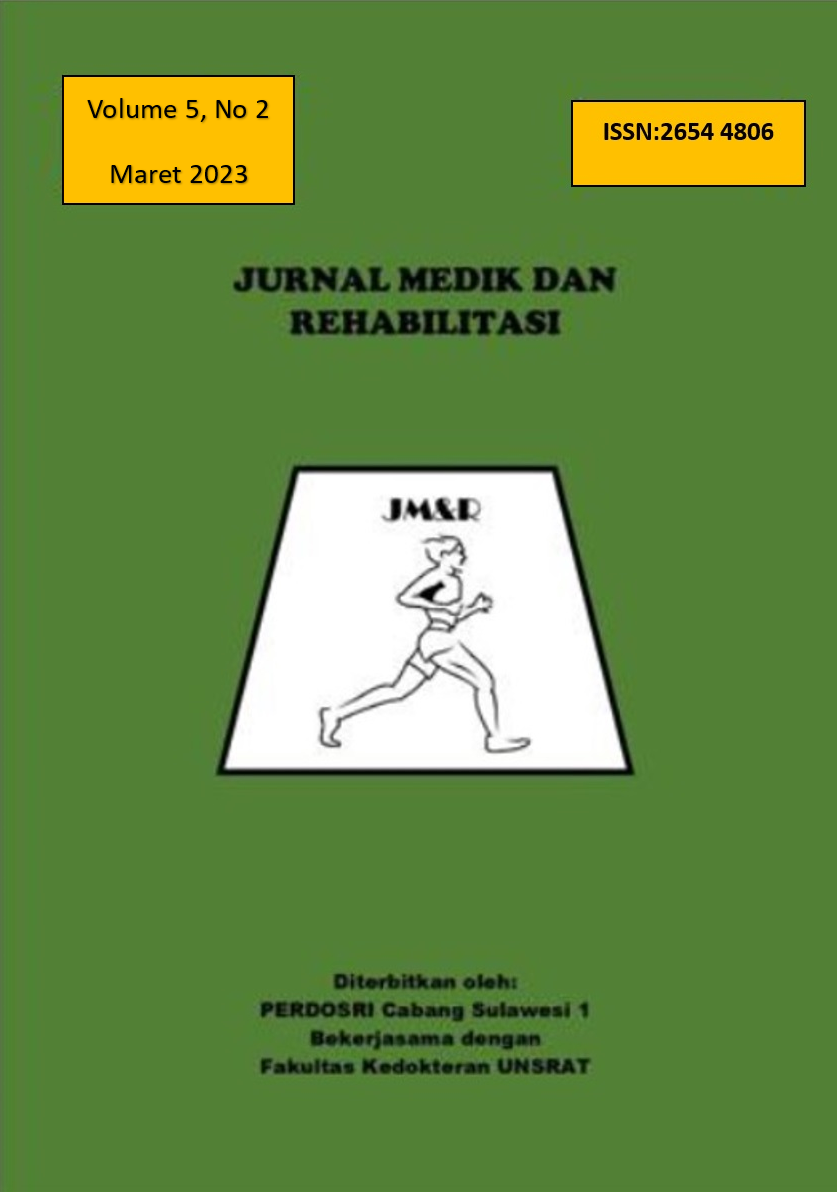MEDICAL REHABILITATION IN PATIENT WITH SECONDARY SPONTANEOUS PNEUMOTHORAX DEXTRA ON WSD
Abstract
Pneumothorax, or air in the pleural space, is a common clinical problem. A pneumothorax as a result of injury to the chest wall is termed traumatic. Spontaneous pneumothorax is a significant health burden, with annual incidences of 18–28 and 1.2–6 cases per 100,000 men and women, respectively. The annual incidences of PSP among men and women are 7.4–18 (age-adjusted incidence) and 1.2–6 cases per 100,000 population, respectively; the annual incidences of SSP are similar, approximately 6.3 and 2 cases per 100,000 men and women, respectively. The peak incidence of SSP is observed in later years between the ages of 60 and 64 years depending on the underlying condition. A multitude of respiratory disorders have been described as causes of SSP. The most frequent underlying disorders in SSP are COPD with emphysema, cystic fibrosis, tuberculosis, lung cancer, interstitial pneumonitis, and human immunodeficiency virus-associated Pneumocystis carinii pneumonia. The main symptoms with the development of a pneumothorax are chest pain and dyspnea, which occur in 95% of patients. Management of pneumothorax is depend on the type of pneumothorax itself weather is is PSP or SSP.4 Pulmonary rehabilitation focuses primarily on enhancing exercise tolerance capacity, ventilation and reduces the work of breathing, thereby improving the disease-induced impairments.

